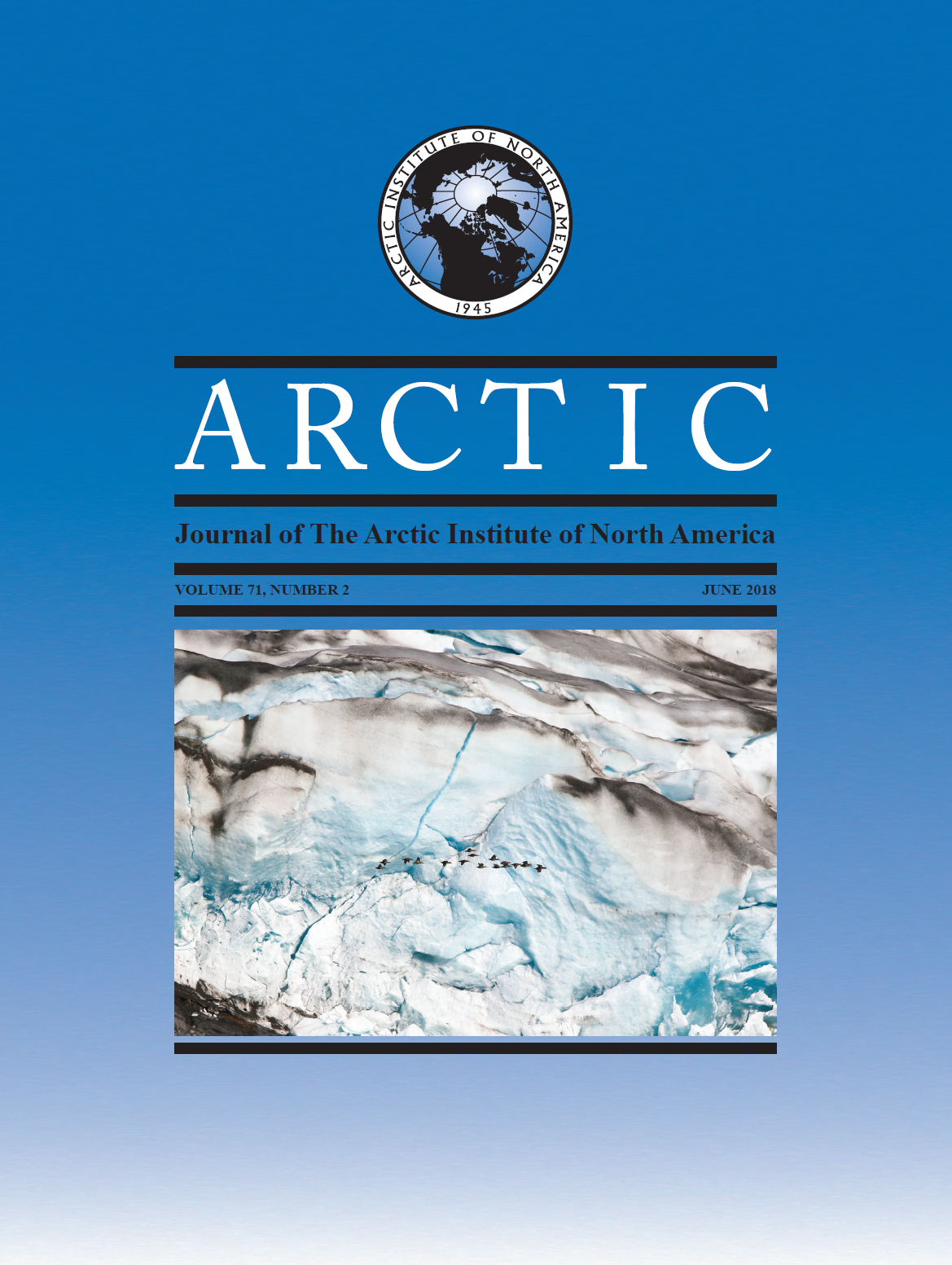The Importance of Reindeer in Northern Finland during World War II (1939–45) and the Post-War Reconstruction
DOI:
https://doi.org/10.14430/arctic4717Keywords:
reindeer herding, northern Finland, World War II, reconstruction, recovery, Poromies journal, herding district, Soviet Union, qualitative content analysisAbstract
We studied the consequences of World War II (WWII, 1939–45) for reindeer herding in northern Finland, evaluated the significance of the livelihood for the population during and after the war, and identified the factors that made successful reconstruction of the livelihood possible. The study is based on qualitative content analysis of articles published in the professional journal Poromies (‘Reindeer Herder’) during the period 1931–67. Reindeer were an important source of food, transport, clothing, footwear, and skins for soldiers during the war. Approximately 220 000 reindeer were slaughtered to provide food, averting the compulsory slaughter of 88 000 cows. Herders’ skills were highly valued during the war. The herds and herders figured in the reconstruction of northern Finland and contributed to the war reparations owed the Soviet Union. During the period 1939–45 the number of reindeer fell dramatically, and the cession of Finnish territories to the Soviet Union and destruction of fences made herding difficult. In addition, the area of pastureland available to reindeer decreased. The combined effects of military operations, a labour shortage, an increased number of predators, and difficult weather and snow conditions led to losses of reindeer. The recovery of the livelihood to its pre-war level took 10 years. We argue that in addition to improved post-war pasture conditions—a result of decreased reindeer densities and favourable weather—the rapid recovery of reindeer herding can be attributed to the high motivation, diligence, and experiential knowledge of herders and the herding administration gained in rebuilding the livelihood after WWI (1914–18). Both groups understood that in northern Finland it would be economically wiser to invest in reindeer husbandry rather than cattle farming since reindeer are better adapted than cattle to the harsh climate and to forage grown in low-productive soils. Reindeer herding was based on natural pastures and labour, whereas cattle farming relied on crop cultivation, as well as expensive buildings, machinery, and fertilizers.


